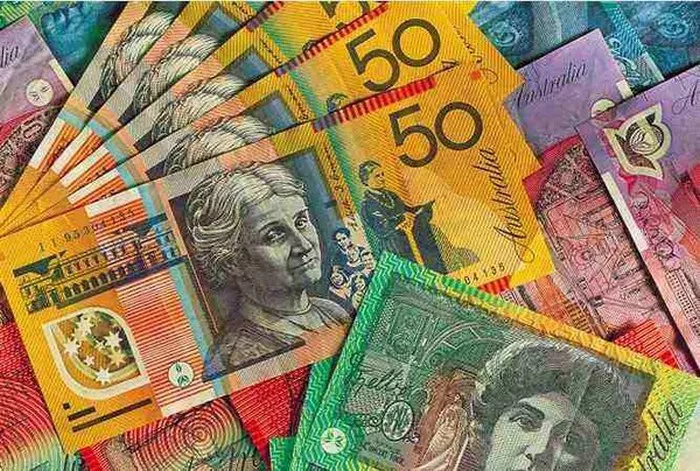On Thursday, the Australian dollar continued its ascent, propelled by low U.S. Treasury yields, causing the U.S. dollar index to dip below the 101.00 mark. The AUD/USD pair found additional support from an improving risk appetite, driven by speculations that the Federal Reserve will adopt a dovish stance on interest rates early in 2024.
Australia’s economic indicators, including inflation and house prices, are displaying resilience, potentially influencing the Reserve Bank of Australia (RBA) to maintain its hawkish stance. The RBA’s recent forecast aligns closely with the upper end of its 2-3% inflation target by the end of 2025. The RBA, as indicated in the minutes of its latest meeting, emphasizes the importance of scrutinizing additional data before making future interest rate decisions. It is widely expected that the RBA will refrain from cutting interest rates at its February policy meeting.
Zheng Shajie, director of China’s National Development and Reform Commission (NDRC), signaled China’s commitment to similar policy measures. During a meeting on Tuesday, Zheng emphasized China’s efforts to expand domestic demand, ensure rapid economic recovery, and promote stable growth.
The U.S. dollar index (DXY) remains under pressure as market expectations of a Federal Reserve interest rate cut in the first quarter of the next year persist. This expectation stems from the Fed’s December policy pivot, reflecting a potential for up to three interest rate cuts totaling 75 basis points by the end of 2024.
The Richmond Fed manufacturing index recorded a notable 11-point drop in December, surpassing market expectations and following a 5-point drop in November. This unexpected contraction in the manufacturing index could influence the market’s perception of economic conditions. Investor attention is likely to shift to Thursday’s initial jobless claims and pending home sales data for further insights into the economic landscape.


